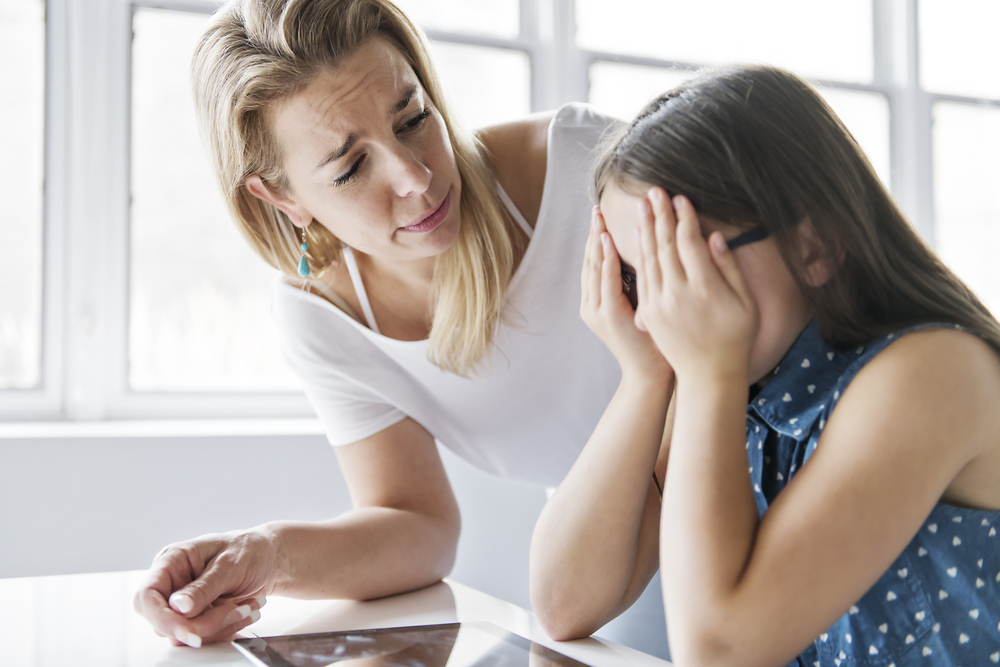Breaking the Cycle: Mental Health Interventions for Victims of Bullying

Empowering Victims of Bullying: Breaking the Cycle through Mental Health Interventions
Bullying, a pervasive social problem, leaves an insidious mark on the mental health of its victims. Its long-term effects can manifest in a myriad of forms, including anxiety, depression, low self-esteem, and difficulty forming relationships.
However, there is hope for healing and recovery. A range of effective mental health interventions can empower victims to break the cycle of bullying and reclaim their well-being. Mental Health Interventions for Victims 1. Therapy: Individual or group therapy provides a safe space for victims to process their experiences, develop coping mechanisms, and challenge negative self-beliefs.
Cognitive Behavioral Therapy (CBT) and Trauma-Focused Therapy (TFT) are evidence-based approaches that have proven effective in reducing symptoms of anxiety and depression related to bullying.
2. Support Groups: Support groups offer victims a sense of community and belonging. Sharing their experiences with others who have endured similar trauma can reduce feelings of isolation, shame, and self-blame. Support groups also provide a platform for victims to learn from each other’s coping strategies and offer mutual encouragement.
3. Educational Programs: Psychoeducational programs aim to increase awareness about bullying, its effects, and strategies for prevention and intervention. By educating victims about the dynamics of bullying, they can gain a deeper understanding of their experiences and develop a sense of empowerment.

Creating a Supportive Environment for Victims is crucial for the healing process of victims of bullying. This involves:
1. Believing Victims: It is essential to listen to and believe victims’ accounts of bullying without judgment or skepticism. Their experiences are real and valid, and they deserve to be taken seriously.
2. Providing Emotional Support: Victims need to know that they are not alone and that there are people who care about them. Offer empathy, compassion, and reassurance. Let them know that it is not their fault and that they are not responsible for the bully’s behavior.
3. Empowering Victims: Encourage victims to speak up and report bullying. Help them develop strategies for coping with bullying and building resilience. Foster a sense of empowerment by highlighting their strengths and abilities.
Community Contribution to Healing Communities play a vital role in supporting victims of bullying and breaking the cycle. This can be achieved through:
1. Raising Awareness: Conduct public awareness campaigns to educate the community about the prevalence and harmful effects of bullying. Challenge societal norms that condone or dismiss bullying behavior.
2. Implementing Anti-Bullying Policies: Schools, workplaces, and other organizations should adopt and enforce clear anti-bullying policies that outline consequences for perpetrators. These policies should be communicated to all members of the community and consistently enforced.
3. Promoting Positive Relationships: Encourage positive relationships between students, colleagues, and community members. Foster a culture of respect, kindness, and inclusion. By working together, communities can create a supportive environment where bullying is not tolerated and victims can heal and thrive.
Empowering Victims, Breaking the Cycle Mental health interventions, supportive environments, and community involvement are essential pillars in the healing journey of victims of bullying. By providing victims with the tools and support they need, we empower them to break the cycle of bullying and reclaim their mental well-being. Remember, bullying is never the victim’s fault, and they deserve our compassion, empathy, and unwavering support.

Students should learn about mental health for several crucial reasons:
* Improved Self-Awareness and Self-Care: Understanding mental health conditions helps students recognize symptoms in themselves and others, fostering early intervention and self-care strategies. This can lead to better coping mechanisms for stress and challenges.
* Reduced Stigma: Education breaks down stigma surrounding mental illness, creating a more supportive and understanding environment where students feel comfortable seeking help without fear of judgment.
* Enhanced Empathy and Compassion: Learning about mental health cultivates empathy and compassion for those struggling, promoting inclusivity and reducing discrimination.
* Improved Relationships: Understanding mental health issues equips students with the skills to support friends and family members who may be experiencing difficulties, strengthening interpersonal relationships.
* Increased Help-Seeking Behaviors: Knowledge about available resources and support systems encourages students to seek professional help when needed, improving their overall mental well-being and academic performance.
* Improved Academic Performance: Untreated mental health issues can significantly impact academic success. Education empowers students to manage their mental health, leading to better focus, concentration, and overall academic performance.
* Promoting Resilience: Learning about mental health promotes resilience, equipping students with the tools to navigate life’s challenges and setbacks more effectively.
* Preparation for Adulthood: Mental health is an integral part of overall health and well-being. Education prepares students for navigating the mental health challenges they may face throughout their lives.
In short, mental health education empowers students to become mentally healthy individuals, contribute positively to their communities, and lead fulfilling lives.
